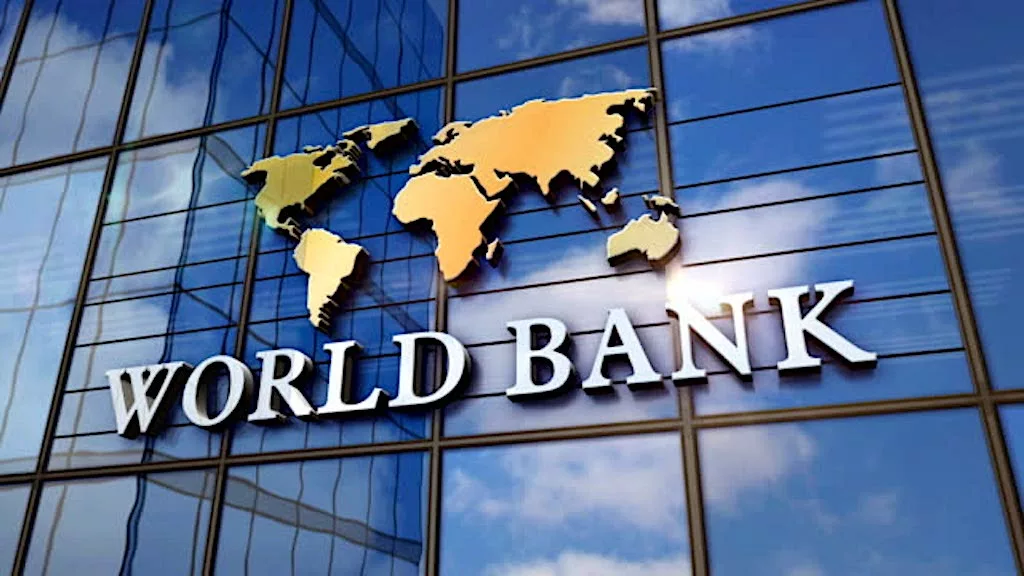The World Bank’s fund dedicated to the planet’s most impoverished nations is urging for unprecedented funding to confront the escalating challenges posed by debt and climate crises.
Dirk Reinermann, the head of resource mobilization at the bank, stressed the critical importance of securing the “most substantial replenishment ever” for the International Development Association (IDA) in terms of financial resources.
This replenishment is vital to facilitate the provision of affordable loans and grants to 75 developing countries, as highlighted in a report by the Financial Times.
While Reinermann did not specify a target, the IDA raised $23.5 billion from donor countries in 2021 during the last fundraising round. This amount surged to $93 billion after accessing capital markets.
Amidst a wave of sovereign debt crises and escalating costs associated with mitigating the impacts of climate change, significant increases in development funding are deemed necessary by analysts. However, this comes at a time when elections and reductions in aid budgets constrain the spending capacities of major donor nations to the IDA, such as the US and UK.
“Some of its biggest traditional donors have stuff going on that makes it harder for them to cough up larger amounts [for IDA],” noted Charles Kenny, a senior fellow at the Center for Global Development think-tank.
Governments and policy groups regard IDA, with its $235 billion in total assets, as one of the most effective aid providers in the global fight against poverty. It leverages capital markets to triple its annual windfall and disburses funds to poor countries at concessional or marginal rates.
“The fund offers good value for money to donor countries, more than other grant-based facilities,” affirmed Annalisa Prizzon, a principal research fellow at the development think-tank ODI.
Every three years, IDA must seek funding from wealthier countries since its assistance generates minimal financial returns. However, many countries facing a debt crisis find themselves repaying existing lenders and bondholders more than what they receive in new loans. Moreover, China, a major bilateral creditor, has scaled back lending, reducing another funding source for IDA recipient countries.
“Because of the macroeconomic environment, more countries are in difficult economic situations, meaning that they get IDA funding at concession [rates], requiring IDA to deploy more strategic capital,” Reinermann explained.
According to Reinermann, this increased funding line is anticipated to push IDA to reach the leverage ceiling set by its triple-A credit rating sooner than initially anticipated.
“When IDA raised donor money in 2021, the zero point for being able to fully leverage our capital at triple-A was in 2034,” he remarked.





